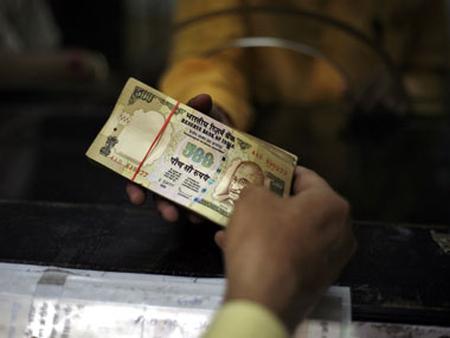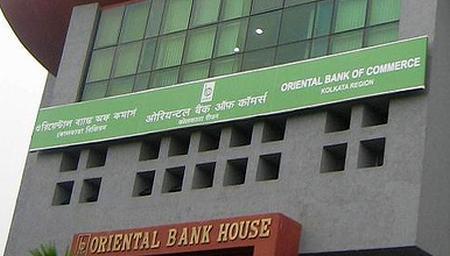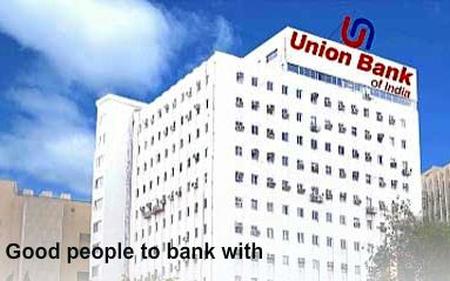 | « Back to article | Print this article |
PSU banks worth investing even in this slowdown
Rising asset quality woes and slowing credit off-take have hit the stocks of most PSU banks over the past one year. The recently announced higher provisioning requirement by RBI will also impact their earnings.
However, experts believe while the falling interest rates and improvement in GDP growth will reflect positively on these banks, some PSU banks offer favourable risk-reward even in this environment.
"Historically, bank stocks and indices have correlated inversely with interest rates. Beaten down PSU Banks thus offer an investing window, despite genuine (but arguably over-rated) fears on asset quality. Despite the recent run-up, PSU banks stocks are trading close to historic low valuations (0.7-1.2 times) with RoEs of 15-19 per cent. Further, some PSU banks also offer the comfort of decent dividend yield of 4 per cent," writes an analyst at HDFC Securities in a recent report.
Among the PSU bank stocks that analysts prefer include Bank of Baroda (BoB), Oriental Bank (OBC) and Union Bank, despite the recent outperformance.
While there has been some improvement in asset quality, their return on equity and assets is better than the averages of 13-15 per cent and 0.7-0.8 per cent, respectively for PSU banks.
Click NEXT to read more...
PSU banks worth investing even in this slowdown
Bank of Baroda
Healthy loan growth, better return ratios, and inexpensive valuations make BoB a preferred stock of most brokerages.
The BoB management has maintained its loan growth guidance of growing 1-1.5 percentage points above banking industry growth (currently at 15.9 per cent).
On the flip side, its annualised slippages rose to 2 per cent in September quarter as against 1 per cent levels a year ago, which was reflected in higher NPA (non-performing assets) ratios. However, even at current levels, the NPA ratios are significantly lower than that of peers.
"While slippages remain elevated, we believe that these will peak in FY13. BoB remains relatively more profitable amongst PSU banks with Return on Assets ratio of 1 per cent. Current valuations are not too demanding," writes Tabassum Inamdar of Goldman Sachs Equity Research in a recent report.
Inamdar has raised BoB's target price to Rs 895 (from Rs 765) implying a target multiple of 1.2 times on FY14 estimated adjusted book.
Click NEXT to read more...
PSU banks worth investing even in this slowdown
Oriental Bank
OBC's management is focusing to improve the bank's three key weaknesses namely, lower CASA deposits, higher asset quality stress and lower return ratios, which are already bearing fruits.
The bank's annualised slippage rate stood at 2.3 per cent for the September quarter (lowest in the last four quarters). This metric has fallen continuously since March 2012 quarter when it stood at 5.5 per cent.
Further, the bank has managed to keep its gross and net NPAs around 3 per cent and 2 per cent levels since the past four quarters. The management has guided for Gross NPAs of 2.8 per cent by March 2013.
Its NIMs are also likely to improve by 10-15 basis points in the second half of FY13 aided by lower wholesale rates. In the long-run, analysts expect OBC 's RoE to improve from 11 per cent in FY12 to 15 per cent in FY14.
"In recent quarters OBC has been delivering strong recoveries, stable Gross NPA and Net NPA ratios as well as stable NIMs, unlike peers, leading to relatively better earnings outlook. We have factored in a 26.5 per cent earnings CAGR over FY13-14 (aided by lower provisioning expenses)", says Vaibhav Agrawal of Angel Broking. Most analysts remain bullish on OBC and expect gains of 18-20 per cent over one year.
Click NEXT to read more...
PSU banks worth investing even in this slowdown
Union Bank of India
Union Bank witnessed improvement in its asset quality for the quarter gone by which is reflected in lower slippage ratio (1.8 per cent) and improving NPA ratios.
Going forward, the management expects recoveries to be better and slippages to hover around current levels, which needs to be monitored.
The bank has held on to its loan growth and expects to clock in 17 per cent growth this fiscal. Union Bank had witnessed deteriorating liability franchise, disappointing asset quality and declining return ratios.
This along with weak markets saw its stock fall from Rs 417 in October 2010 to Rs 153 in August 2012. But, things are looking better.
"We are enthused by management's efforts to clean up the books. Asset quality woes will continue, albeit with reduced intensity. We believe current valuations of 0.9 times factor most of the negatives," believes Vishal Modi, analyst at HDFC Securities.
The stock has risen recently to Rs 233, but given the expected improvements, investors could consider it on dips.




